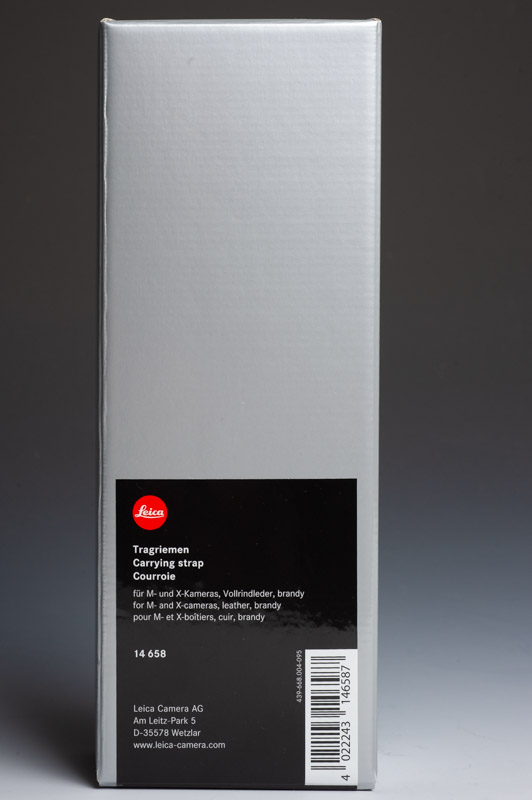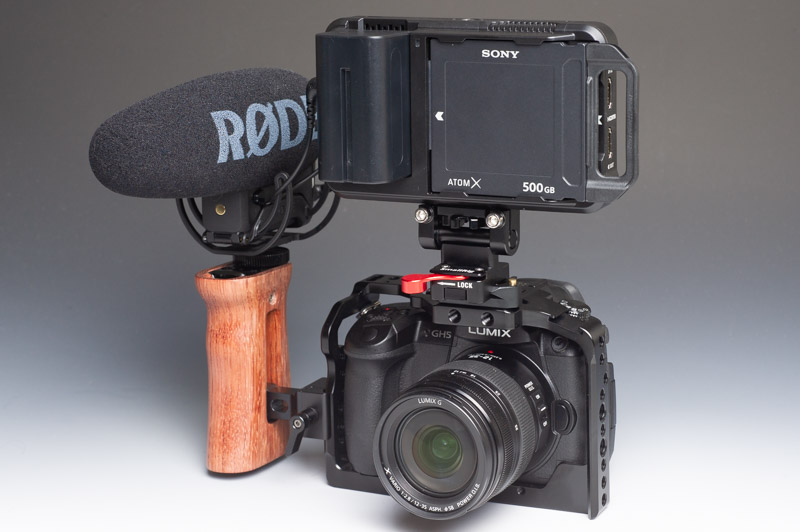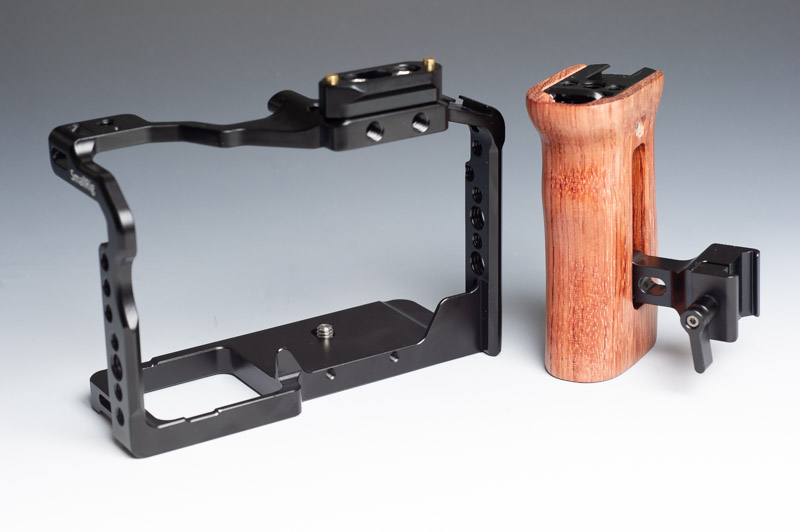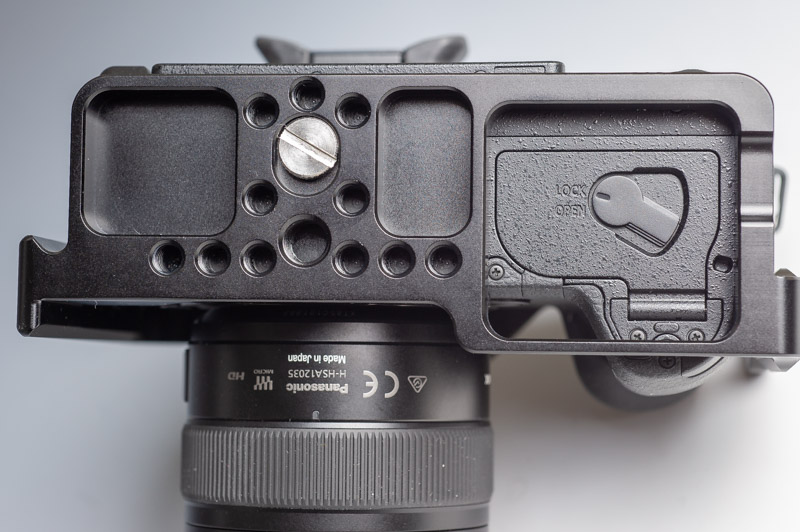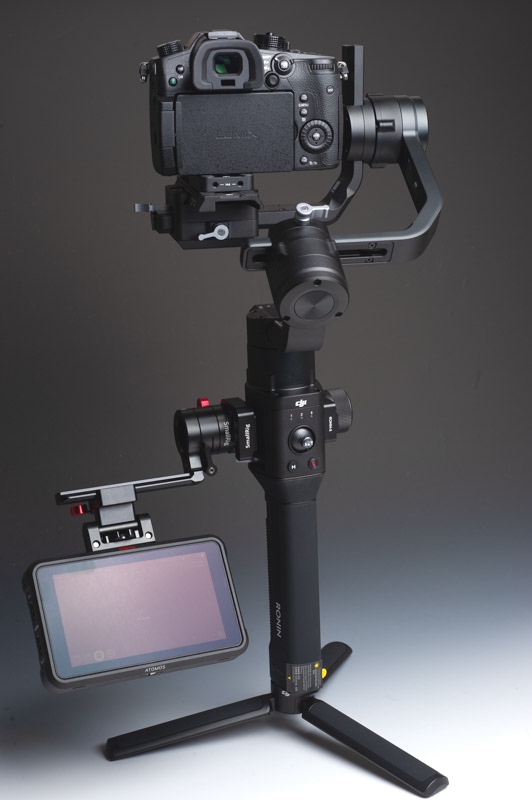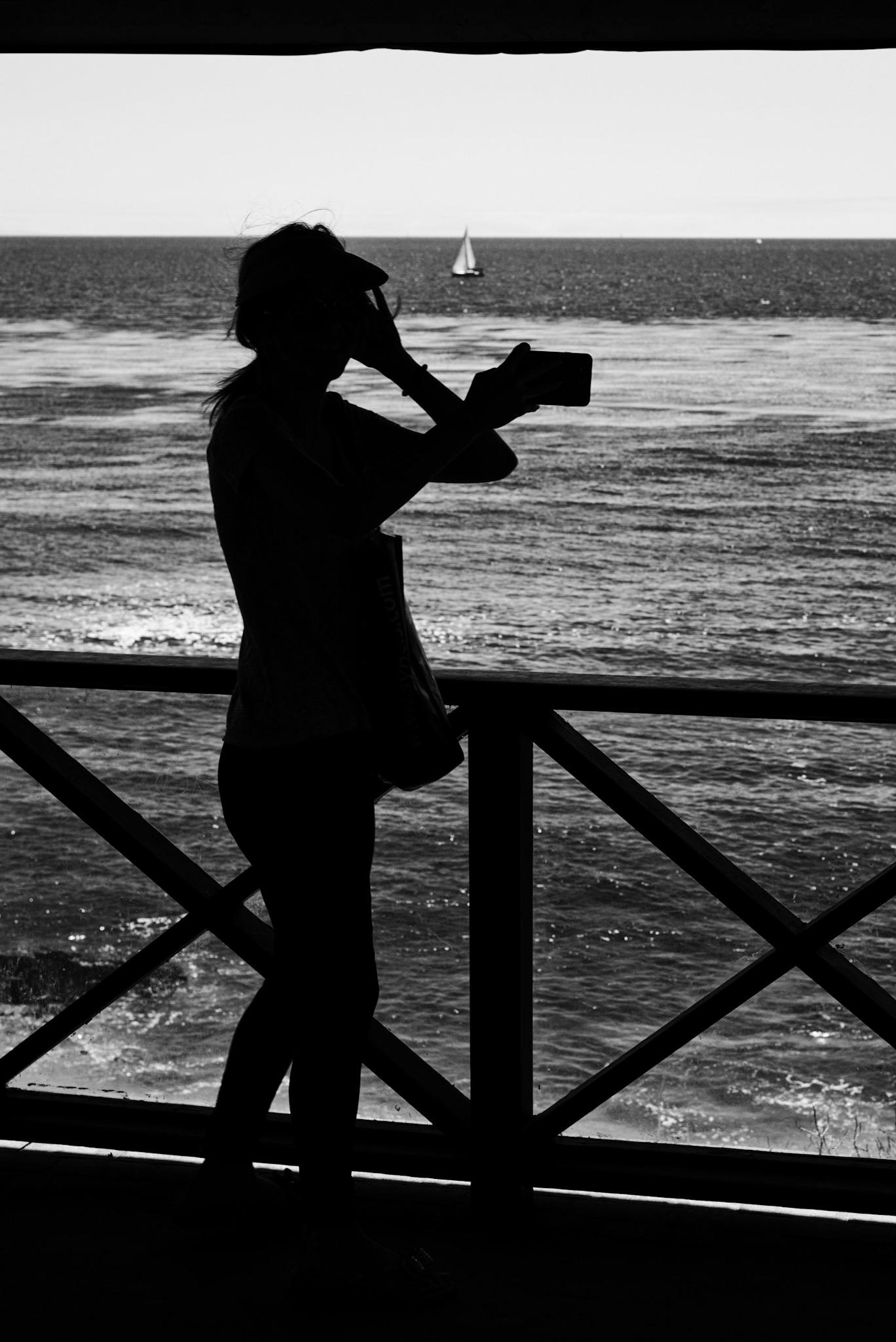My daughter, bless her, picked up a leather carry strap from Leica for me. I have not been thrilled with the strap that comes with the camera because it slides off of my shoulder all of the time because it is so narrow. I’ve been switching between my collection of straps trying to find one that I liked better. I keep going back to the strap that came with my Leica M6. The shoulder pad is grippy but it has the split rings and the friction clasp on the ends that I have never liked.
This new strap is model 14 658 and is part of the al a Carte series of build your own “M” camera system. It is a matte leather strap with a shoulder pad and the color is Brandy. It also comes in Boyseberry, Cement Gray, Coffee Bean, Dark Blue, Red, and Khaki Green. With the pressed Leica logo on the shoulder pad, the inside of the pad has a non-slip lining that helps the strap stay on the shoulder. The strap can be adjusted to three different lengths: 45 inches, 42 inches, or 39 inches. It is one of the few leather straps that has an adjustable length.
Like all new leather straps it is a bit slick and stiff. I’m sure in a month or so it will soften up. I like to wrap straps around my wrist when shooting so they usually break in pretty fast. For me the best part is the shoulder pad. It helps to keep the strap from sliding of the shoulder. I have been known to put small pieces of double sided tape on camera shoulder pads to help them stay in place. I just replace the strips every couple of months. A little bit goes a long way.
Camera straps are like camera bags. You can collect quite a few while search for the Holy Grail. This strap checks the boxes for my needs, only time will tell how long it stays on my camera.




